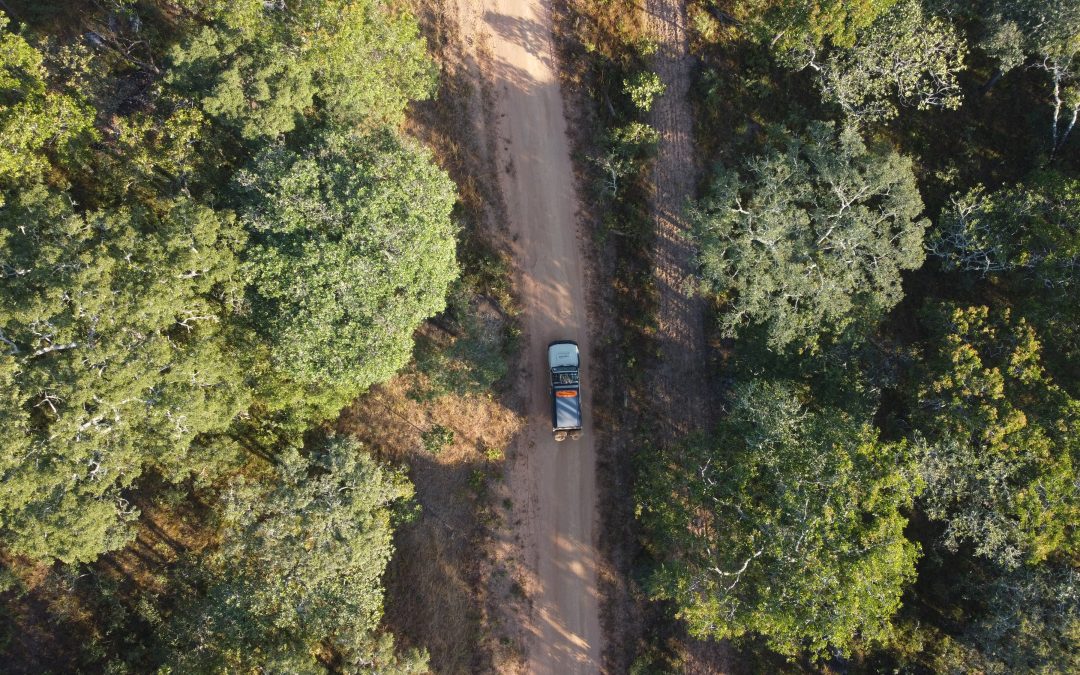Great North Road! This legendary road should perhaps be renamed the Not-so-great North Road considering its impressive array of potholes, death-defying truck drivers, and lurking police check/bribe points. But even so, driving up through Northern Zambia is an amazing experience if you slow down and seek out some of its many historic wonders and beautiful landmarks. After visiting Kafue, we avoided Lusaka by short-cutting through the Landless Corner road and heading North. Incidentally, this road should rather be called the Roadless Corner. Take the hint when oncoming local traffic dries up completely.
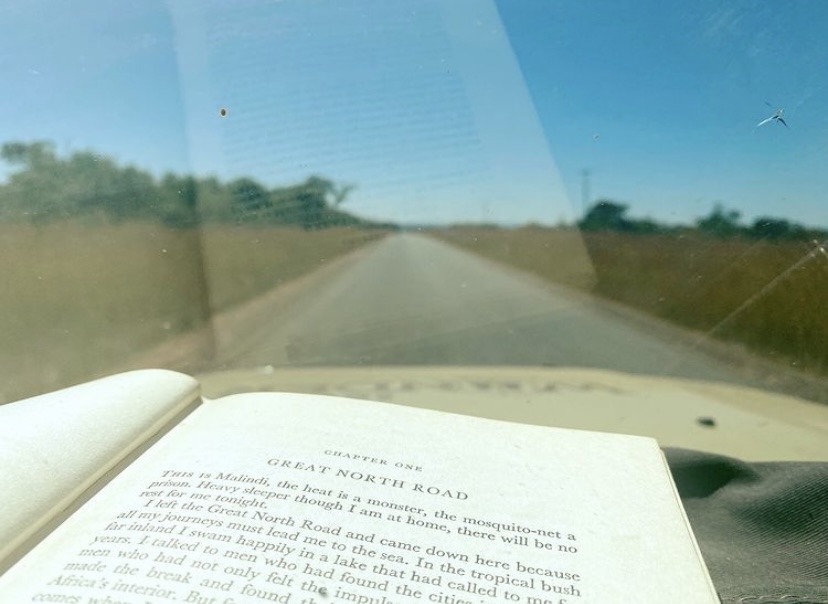

Some of the stops on the Great North are regular overnight places on the overlanding circuit. Fringilla Farm is one such place. With its fantastic boerewors, homemade pies, onsite butchery, and a hospitable owner that seems to buy all overnight visitors a drink on the house, this is not surprising. We had the good fortune of camping next to overlanding veterans Nelly and Julie Byrd from the popular Overlanding Africa platform. With their iconic converted British Army ambulance Defender, Henrietta, they have been on the road for 12 years (!). Talk about (as they put it) giving real life the bird.
Travelling further, we passed and re-stocked in Kabwe, close to the old Broken Hill where Zambia’s copper riches were first discovered (accidently while hunting roan antelope) and where author Wilbur Smith was born. We stopped at Tembusha campsite, nestled in a Miombo forest a few kilometres from the main road. It contains all the campsite luxuries a weary overlander on this taxing road can wish for, even a luxury wood-fired bath – the only one we have seen so far!
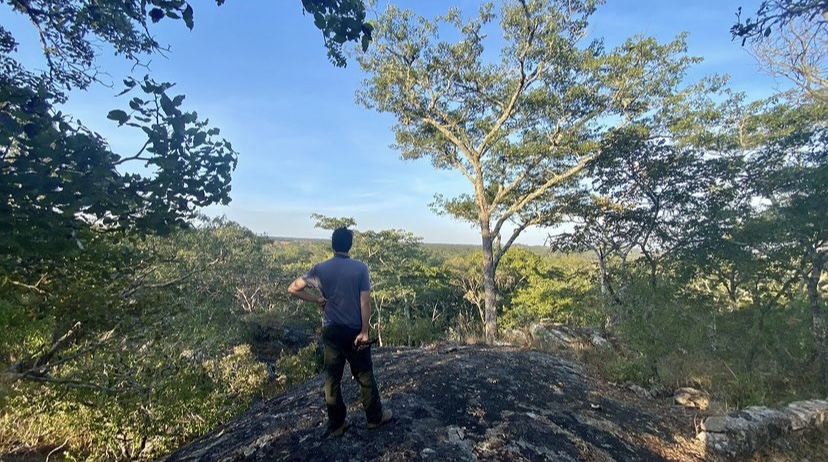
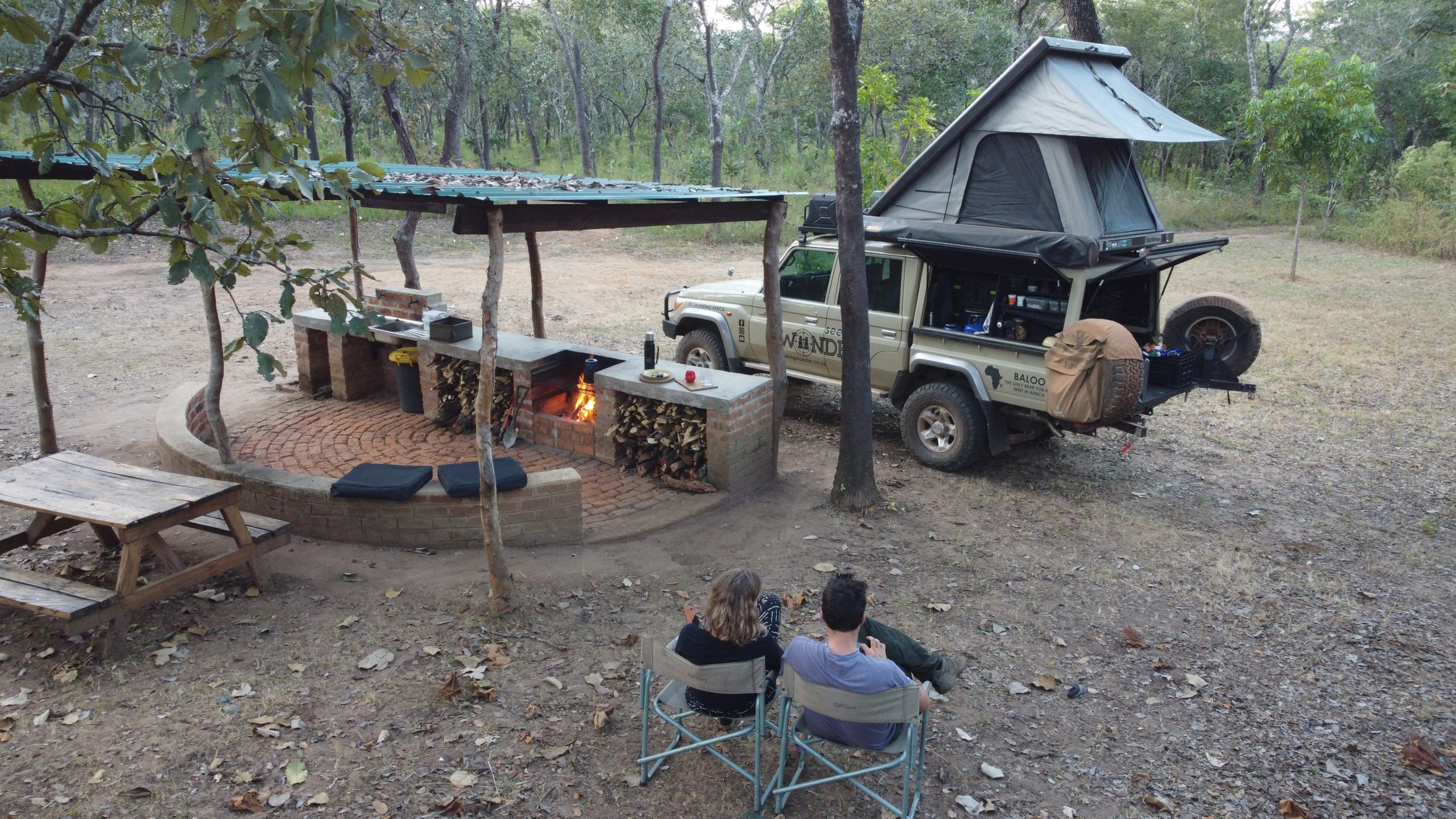
Close to Mpika you will find the Mutinondo wilderness, a must-do when in this part of Zambia to get out and explore the beautiful surrounds on foot. Surrounded by ten massive granite hills with a crystal-clear river, there are various hiking trails to explore on this piece of paradise, from day-hikes to multi-day treks to the escarpment overlooking the Luangwa valley. Walking in it was like a botanical garden visit to us – almost every plant and tree is brand new and exotic. The birdlife was fantastic as well, and there were even a few rogue lions around, although (un)luckily we didn’t find them on foot.
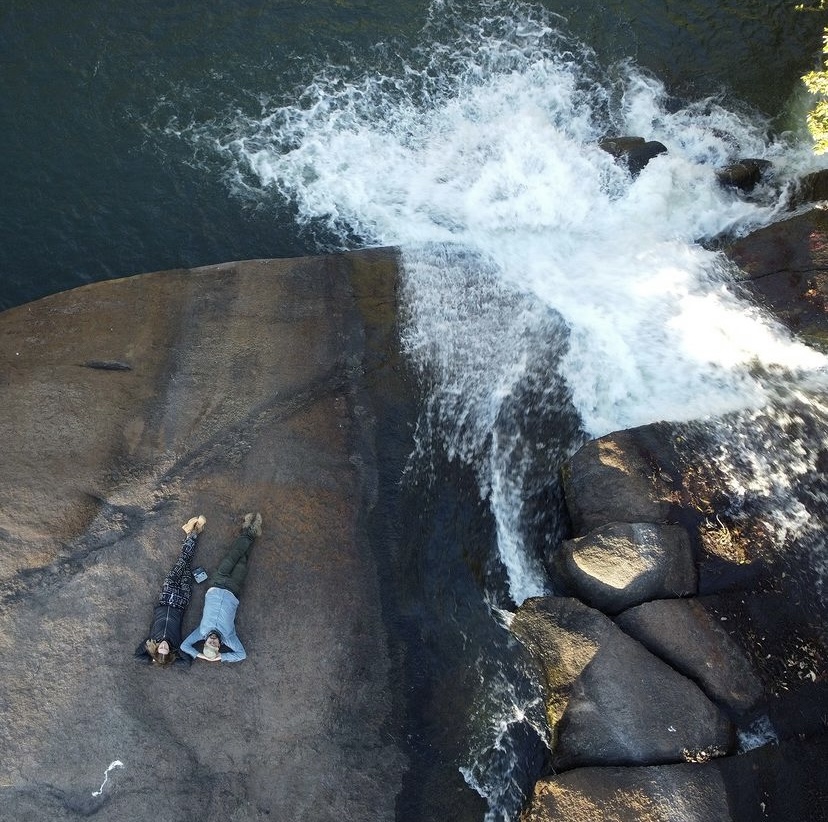

Kapisha Hot Springs is another classic stopover, and again for good reason. Although anything with hot springs in the name tends to scare us away (think crowded holiday resorts with questionable pool hygiene), we found this place a welcome exception. Located on an historic estate with the famous 1920’s Africa House manor still in the family, Kapisha is nestled in a lush riverine thicket. Surrounded by tall forest trees, the spring bubbles out at a constant 40°C – enough to make you very light-headed when swimming in it as we discovered. We loved camping here next to the rushing river, where we also saw our very first Palm-nut Vulture.
Heading further north, we had a brief interlude of mechanic-panic when Baloo somehow got a small pebble stuck inside his brake-pad housing, causing a very eerie noise indeed. One tyre change and troubleshooting exercise among eager local onlookers later, we were off again. We crossed the Chambesi river bridge, where World War I’s last shots were fired a few days after the official armistice in Europe and where the British finally called a halt to the infamous General von Lettow-Vorbeck’s cat-and-mouse campaign in East Africa. We refuelled in Kasama, following the example of the South African air force planes enroute to North Africa during World War II.





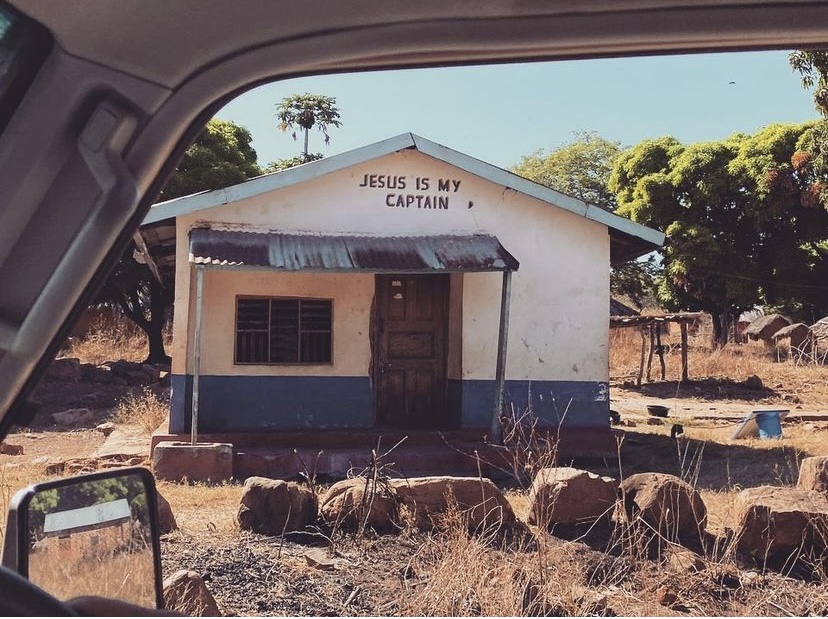
Of all the wonders nature has to show none, perhaps, has made greater appeal to the imagination of mankind than the grandeur and beauty of falling water. These were the words of Edward Rashleigh, who visited the world’s most spectacular waterfalls years ago. Unsurprisingly, he also paid a visit to Northern Zambia, where various rivers from all over the Zambian plateau drain into the Congo basin, forming countless waterfalls along the way. We visited the Chishimba falls and the Kalambo falls, second highest in Africa. Most of the Zambian falls are rather out of the way at the end of very rocky roads, almost guaranteeing that you will be the only visitor. At most of them you can also camp right at the waterfall’s edge, a spectacularly unique experience which we highly recommend. Here we also met the beautiful Ross’s Turaco with its bright yellow face and red crest.



Taking the old North Road led us through Mbala (historic Abercorn) where we had to call a halt with a less-than-glamorous overnight stop, complete with soundtrack of an all-night party, ubiquitous dogs, and arbitrary Turkeys. Great was the contrast the next day when we reached the southernmost tip of the mighty Lake Tanganyika at Isanga Bay and camped right on the beach, with the gentle lapping of waves lulling us to sleep. Blissful days of kayaking and swimming in crystal-clear waters followed where the only complaint was the three-month national fishing ban on the lake which, although very good for the local fish stocks, was not conducive to our enthusiasm to catch and release some of these beautiful cichlid species.



Tomorrow this road will take us further and into Tanzania, but for now we reflect on the Zambian route of the last week or two. Mr Rhodes’ ideal of a non-stop railway and modern road connecting the Cape to Cairo may not have worked out exactly as he planned. The Africa of steam trains and night-time drums may have gone. But the Africa of lonely places remains unchanged in some way. If you do a little bit of homework, dusty modern towns may just come to life and natural marvels will leave you in wonder. Take the road less travelled, take a Great North Road trip!
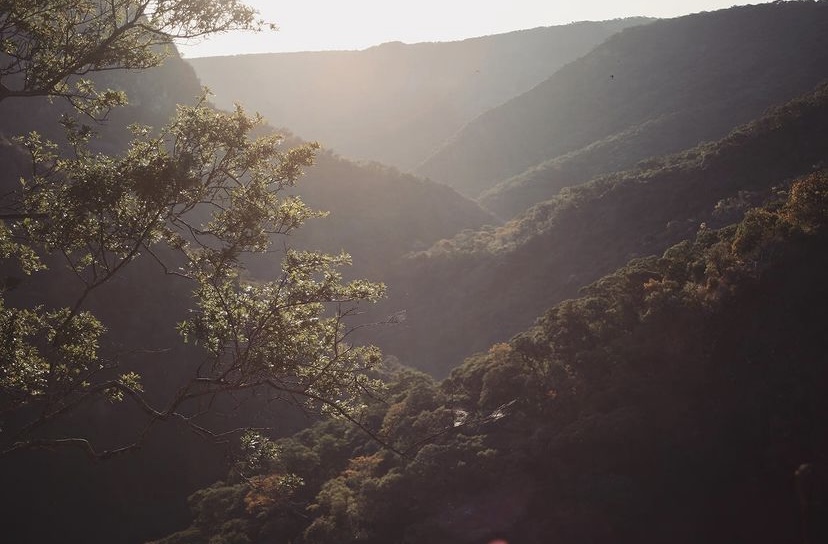


Some helpful trip tips:
- Great North Road:
- Snail’s pace is your friend (50 kph is safe, even should a Defender overtake you!)
- Never give original documents or passports (including road tax certificates) to policemen.
- A left indicator from the vehicle in front of you means it is ‘safe’ to overtake.
- Zambian fuel: Total and Puma are most reliable for clean diesel – avoid the many other stations if possible. Although a few places now have 50 ppm, the most common ‘low sulphur diesel’ is 500 ppm.
- Language: You will be amazed how people warm to you when you greet them in their own language. Zambia has 73 (!) languages, but Bemba is one of the most common. Here are some phonetic pointers:
- Hello = Mashibuweni!
- How are you? = Mudishani?
- Well thanks! = Gweno!
- Thank you very much! = Natotella sana!
- Campsites: We enjoyed these spots along the GNR:
- Lusaka – Kabwe: Fringilla farm (stock up on their boerewors and pies or camp here)
- Mkushi – Serenje: Tembusha bush camp (private campsites with baths!)
- Serenje – Mpika: Mutinondo Wilderness
- Mpika – Kasama: Kapisha Hot Springs
- Kasama – Mbala: Chishimba Falls campsite (entrance fee includes camping)
- Lake Tanganyika: Isanga Bay Lodge & Kalambo Falls campsite

